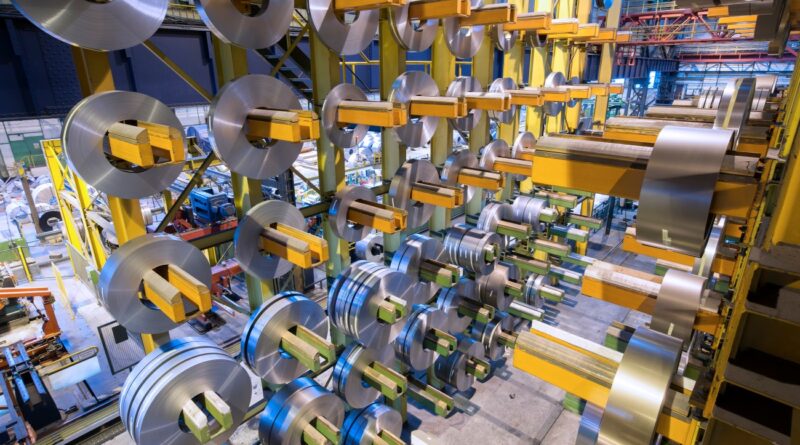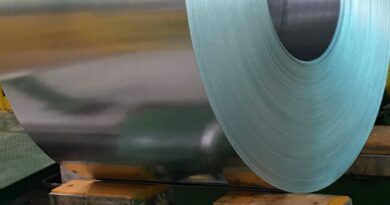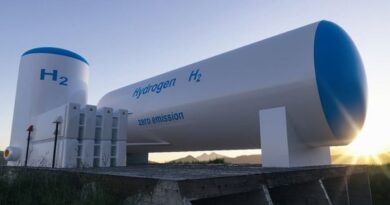thyssenkrupp Steel embarks on journey towards green sustainability
thyssenkrupp Steel, a key player in Germany’s industrial landscape, is embarking on a transformative journey towards sustainability. The company’s ambitious plan involves a tender for renewable and low-carbon hydrogen supply, marking a crucial step in their mission to decarbonize operations at the Duisburg site in western Germany.
The imminent tender, slated for launch this quarter, signals Thyssenkrupp Steel’s commitment to embrace eco-friendly practices. The hydrogen procurement aims to facilitate the replacement of a blast furnace with a direct reduced iron plant, a move backed by a substantial €2 billion support from the German government using public funds.
The initial tender specifications outline thyssenkrupp Steel’s intention to contract 104,000 metric tons of hydrogen supply for 2028, equivalent to approximately 4.1 terawatt-hours (TWh) based on hydrogen’s higher heating value. Plans foresee an increase to 143,000 metric tons per year for 2029-35 and 151,000 metric tons per year r for 2036-37.
Flexibility marks the cornerstone of thyssenkrupp Steel’s approach, as they seek supply contracts spanning up to a decade. The company remains open to sourcing hydrogen from diverse channels, welcoming renewable power-generated hydrogen alongside natural gas with carbon capture and utilization or storage (CCUS).
A significant portion of the government aid, €1.45 billion ($1.59 billion), serves as a conditional payment, covering additional costs incurred in procuring renewable hydrogen instead of gas-based CCUS hydrogen. Initially, due to limited renewable hydrogen availability, the company will explore gas-based options, ensuring a consistent baseload supply. However, a gradual shift towards renewable hydrogen is anticipated in the 2030s as its availability increases. thyssenkrupp Steel’s vision extends beyond national borders, envisioning hydrogen sourced both domestically and internationally, to be delivered via pipeline to Duisburg. The prospect of a core network connecting Germany, Netherlands, Belgium, and Denmark by the late 2020s offers promising opportunities for supply from neighboring countries. This supply, possibly as ammonia, will require conversion back into hydrogen. Yet, the capacity of planned cracking facilities in northwest Europe by the decade’s end remains uncertain.




